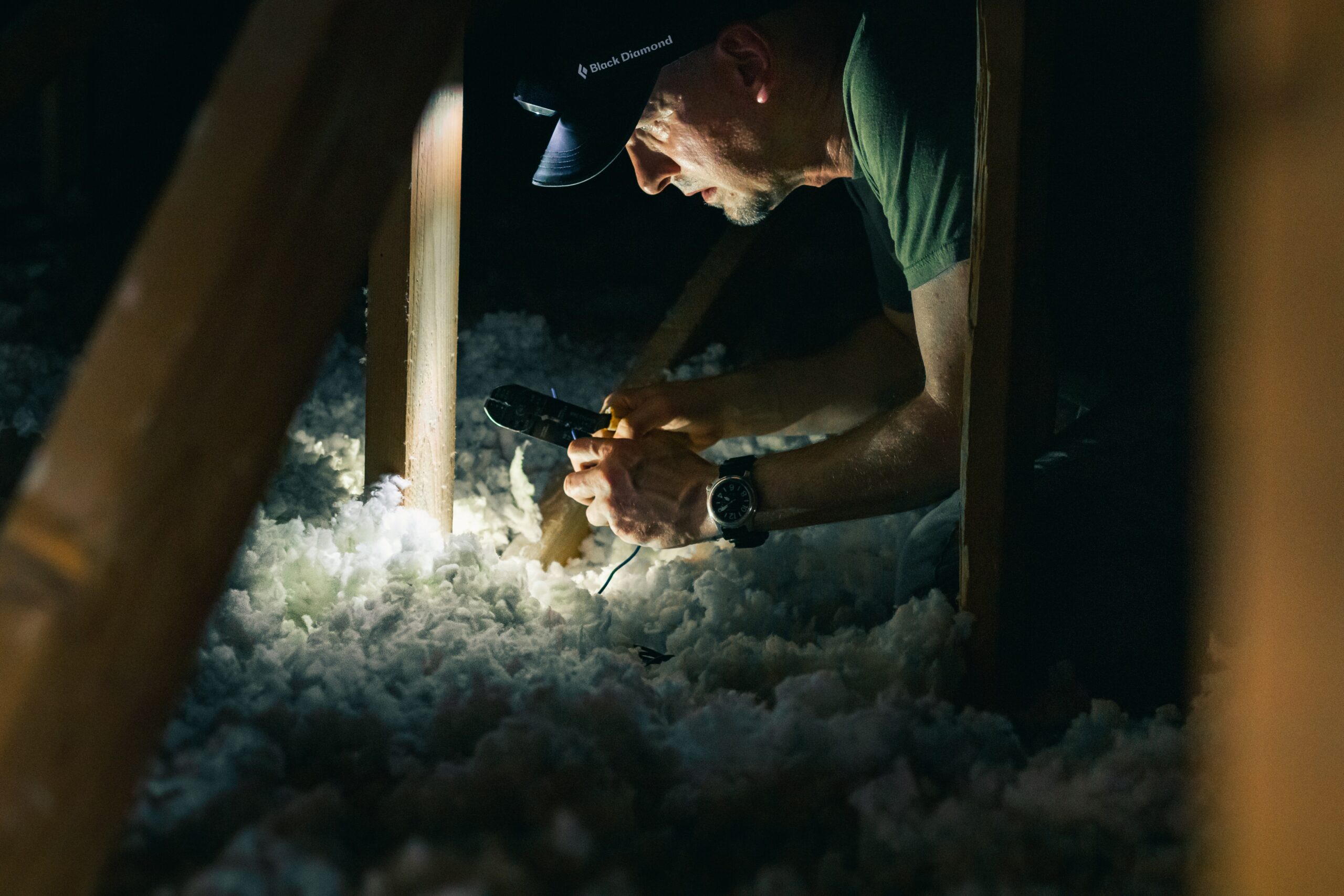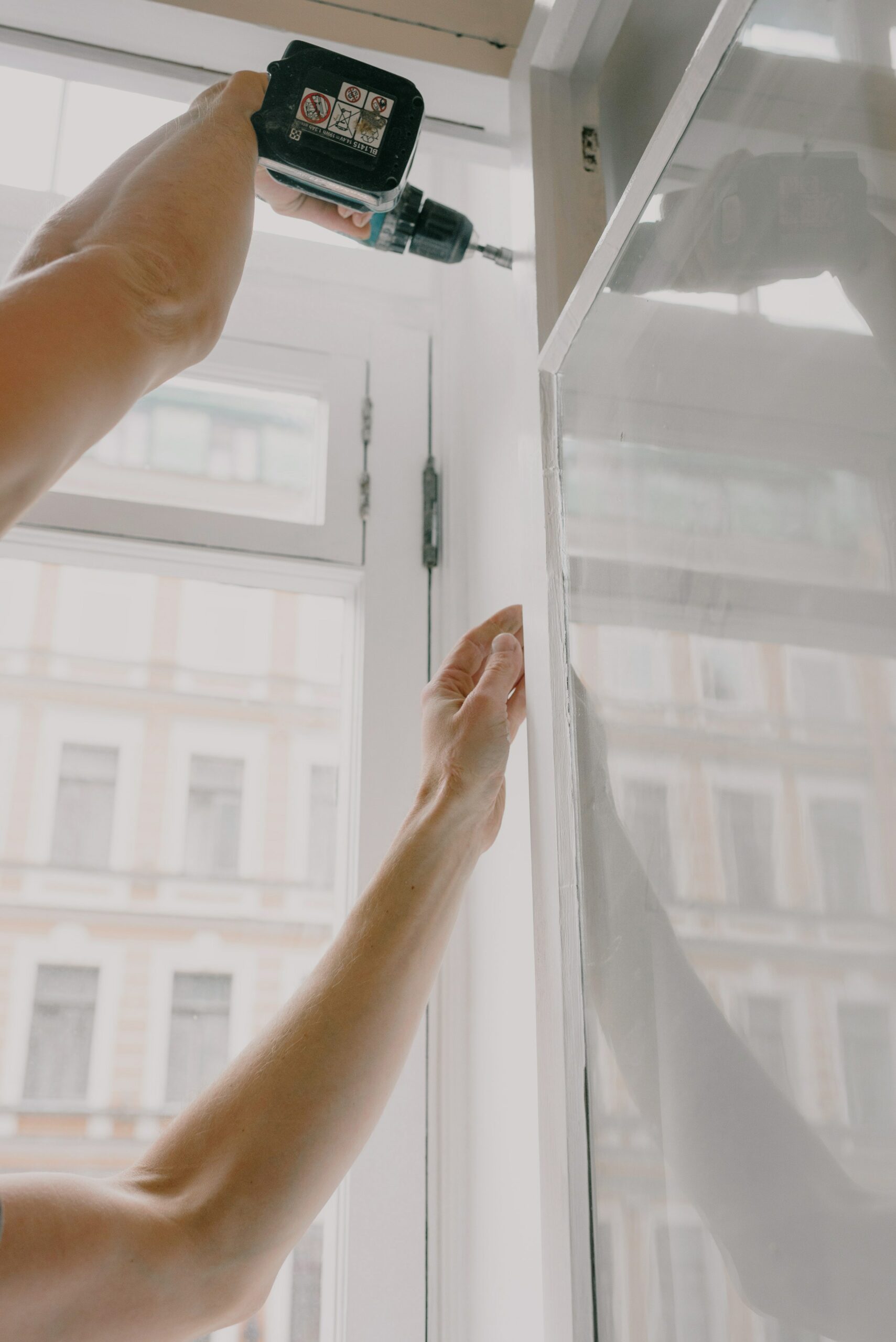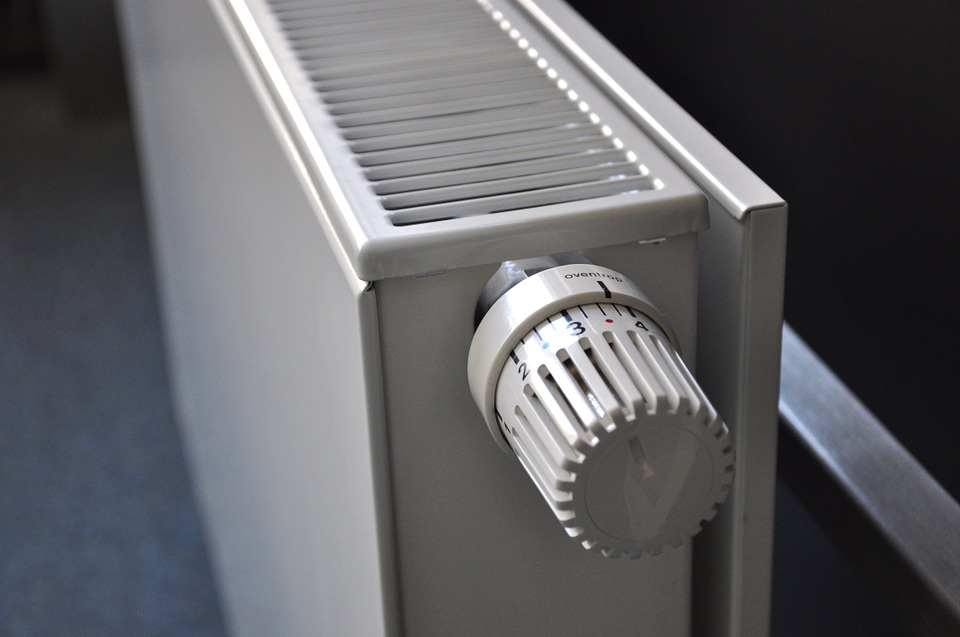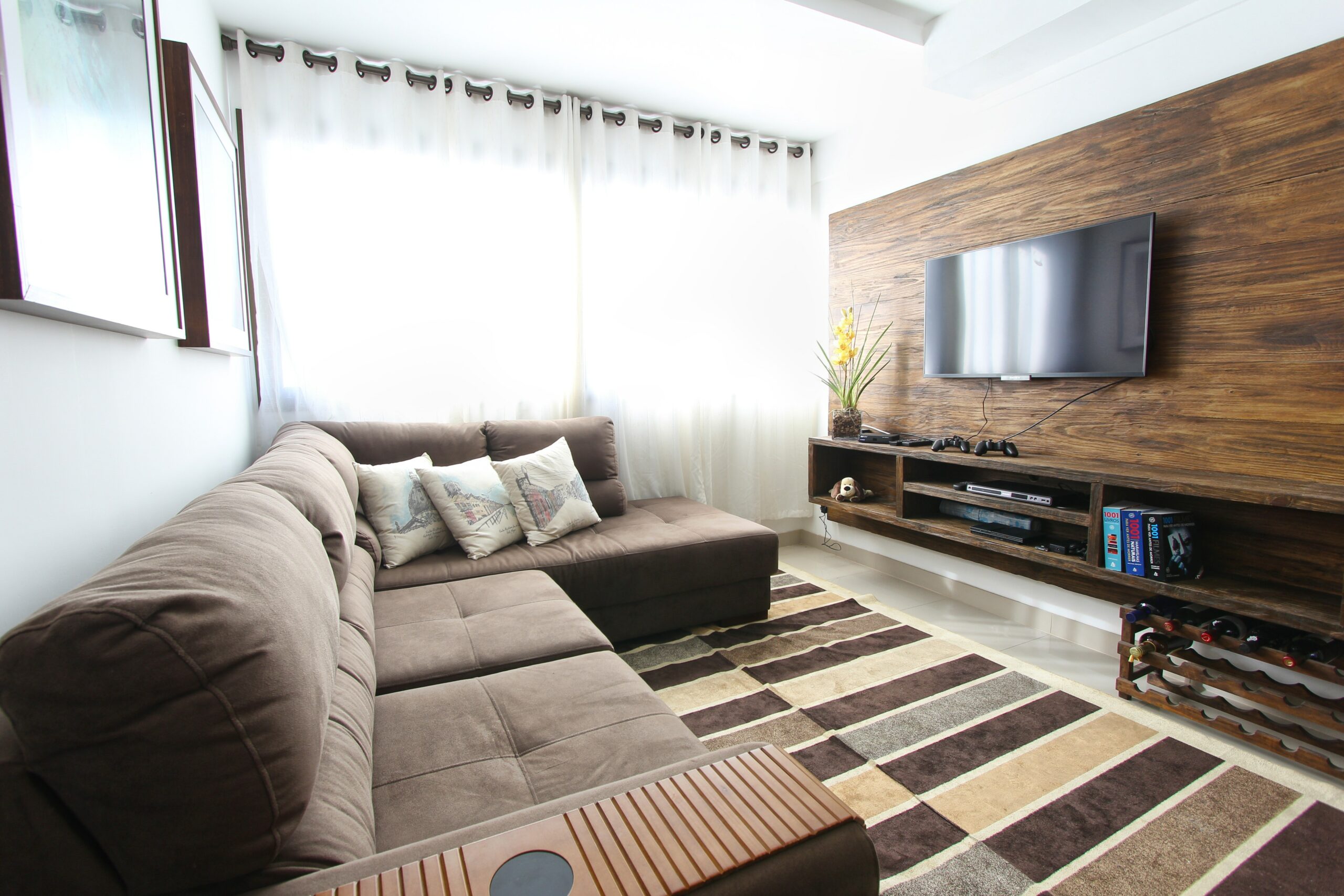Considering that over 25% of the heat in your home can be lost through cracks and holes, finding ways to improve the insulation of your home this winter is crucial if you want to save on your energy bills. There are plenty of benefits of having proper insulation in your place. It will not only make your house warmer during cold months, cut carbon emissions, and lower the electricity bill, but it can also prevent the HVAC system from overworking.This is why so many hire attic insulation installation professionals as it provides a plethora of benefits.
Table of Contents
Detecting areas that need insulating
If you live in an old home, you know that keeping it warm during winters can be tricky. That’s because houses built before the 1940s were rarely insulated. And even if they were, the construction material used for insulation deteriorates over time.
It’s similar if you have recently moved into a new home. You may not know the house history and whether it has insulation. Luckily, this can be checked quickly, starting from the attic. If your home has insulation, you’ll be able to notice exposed batts of fiberglass or loose fill between ceiling joists. The same goes for checking the exterior walls of the house. If you see a series of patched holes, your home has blow-in insulation.
After you have finished checking the attic and inner and outer walls, take a detailed tour of every room in the house. Some rooms will be colder than others, so pay special attention to them. You should focus on the cracks around the windows, doors, chimneys, fireplaces, ducts, and electrical outlets.

Roof insulation
Most heat loss usually happens through the roof. Warm air rises to the ceiling, where it cools, not allowing the room to warm up. In such cases, insulating the attic is crucial before fixing the other parts of the house. The insulation can be done on the attic floor if the attic is unfinished. If you use it as a functional room, placing the isolation between the rafters is necessary. However, don’t forget to provide proper ventilation between insulation and the house exterior since failing to do so can create humidity issues.
The approximate cost for attic insulation is $1 to $7 per square foot, with a median price of $1500 per the whole project (labor and materials included). Naturally, the final cost will depend on the size of your home and the type of material you decide to use. Such investment might be overlooked or neglected when setting a home improvements budget after the move, but it is more than worth it since you’ll return money quite fast through the reduced electrical bill.
Insulating doors and windows
Doors and windows are also leading reasons for heat loss since air can easily escape through gaps, holes, and cracks around them. Fortunately, you can instantly solve such an issue with draught-sealing tape. It’s essential to use it inside both doorframes and windows evenly, covering every joint.
For the additional door insulations, use draught stoppers to prevent the heat from escaping through cracks beneath. Draught stoppers are a very affordable way of improvised insulation that can come in different styles and colors, matching any interior design.
As for the additional windows isolation, consider using heavy drapes or curtains during the winter months. Besides being practical, such vertical treatment can accent your walls, giving it a seasonal style refreshment. Still, even with sealed cracks, heat can be lost through glass window surfaces. Alternatively, you can add a thermal lining to your existing curtains. Still, make sure they don’t hang over the radiators since that can have the opposite effect. Thermal lining can stop the heat warming the room because it will reflect the heat to walls and windows.

Insulation of water heater, tanks, and pipes
Another way of reducing the amount of heat lost is by lagging water tanks and pipes. This step will make the boiler more efficient, and hot water will last longer. And the best part about this heat insulation step it’s its inexpensiveness. You can do it as a DIY project by simply buying a hot water cylinder jacket and following the instructions manual.
After fixing the boiler, do the same with pipe insulation. The exposed pipes between the boiler and hot water cylinder can be protected with foam tubes, preserving the heat and keeping the water hot for longer.
Radiators maintenance
Your heating efficiency is not only dependable on insulation. Sometimes, simple maintenance will be a game-changer if done on time. If you have ever been stuck with a non-functioning radiator on a cold day, you know the consequences of not “bleeding” them in advance. Sometimes a lot of air can be stuck inside the radiator coils, preventing it from emitting heat.
After you bleed them, you can additionally improve the efficiency of the radiator by installing reflectors. These so-called reflectors are foil or thin sheets placed between the wall and the coils. That way, the radiator heat reflects into the room instead of losing it. This is especially effective if your radiator is on the outside-facing wall with non-existing or poor wall insulation.

Photo by pixabay
HVAC maintenance
When considering ways to improve the insulation of your home, don’t forget to pay attention to the HVAC system. Maintaining its efficiency and having it up to date is crucial for keeping the heating system optimized.The simplest way to do it is by replacing the filters regularly. Alternatively, to help reduce the ecological footprint, you can use washable air filters. You can remove and clean them with a vacuum cleaner or wash them in diluted dish soap water if there is an oily buildup. However, even with regular filter replacement, HVAC system inspection services are necessary for its optimized performance. Thus, make sure to occasionally schedule the check-ups of the system to avoid leaks, clogging, and any potential malfunction.
Floor insulation
If you’re planning to take another significant step in insulating your home, consider investing in floor isolation. In such cases, you can temporarily pull up the flooring and insulate beneath it or completely redo the floors. Neither way is easy to do without the help of a professional. Thus, if you’re considering starting this project on your own, you’ll have to do it carefully so you don’t ruin the existing floor when pulling it up.
The floors are made in two ways; they are either solid or suspended. Both require avoiding the use of impermeable materials and rubber-back carpets when doing the insulation since such materials trap humidity. To make the best strategy when it comes to layers, materials, and technique, you’ll have to research options based on your budget. It would be great to install underfloor heating, especially if you are replacing solid floors. That way, you can have an additional heating system for cold winter homes. Whichever method and materials you go with, make sure to let the floors breathe.
Home remodeling
Home remodeling is a perfect opportunity to insulate every part of the property. Even though there are ways to improve insulation instantly and without much work, other options like floor insulation require the removal of the furniture and access to all surfaces. Luckily, there are affordable storage options for temporarily protecting your things during the renovation. Of course, you have to ensure you pack your furniture and other items correctly for storage. Following some tips and tricks you can find online, you can pack everything in no time and keep it safe during the insulation process.
As for the less expensive options, or if you can’t do living room remodeling before the winter, you can cover the floors with carpets and rugs. This is not as effective as proper insulation, but it will prevent the heat from escaping the floor cracks and keep your feet warmer.

Photo by Pexel.com
Additional tips for optimizing the heating system in your home
Since every home has different features, it’s essential to consider every option when improving the heat efficiency of the house. For example
- , if you have a fireplace or unused chimneys, you can be sure a significant amount of heat is lost through them. You can easily solve these issues permanently or temporarily by capping them or using a removable chimney balloon. That way, you’ll prevent excess heat loss when the fire is not burning.
- Also, you can use foam cutouts in your outlets since they can suck out a part of the house heating. Small foam cutouts can prevent unnecessary heat loss.
However, if you can invest in innovative central, you should do it with a heat recovery ventilator. Its system works by capturing the heat from exhaust air, mixing it with a fresh one. Additionally, it removes moisture, odors, and contaminants during the process. Most commonly, heat recovery ventilators capture up to 90% of the heat that would be lost through kitchen appliances and bathroom fans.Some people are now investing in Geothermal heating system because it’s free renewable energy, saving up to 50% of energy costs since this renewable energy utilizes energy through ground loop heat exchangers to reliably provide efficient heating and cooling. Visit RMS geothermal heating to learn more.
Conclusion
People usually assume that saving energy requires a lot of sacrifice and comfort. Still, if you research ways to improve the insulation of your home and install proper heat isolation, you’ll quickly return the investment through the energy bills. Exploring all tips and tricks when providing maximum comfort and coziness to your home through insulation, you’ll also lower your carbon footprint and make the difference in the long run.
